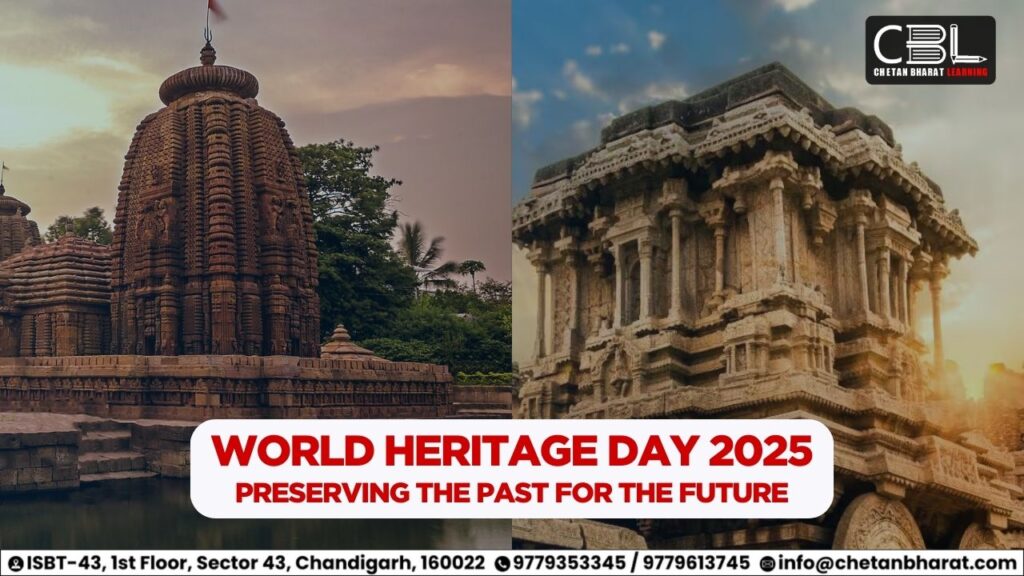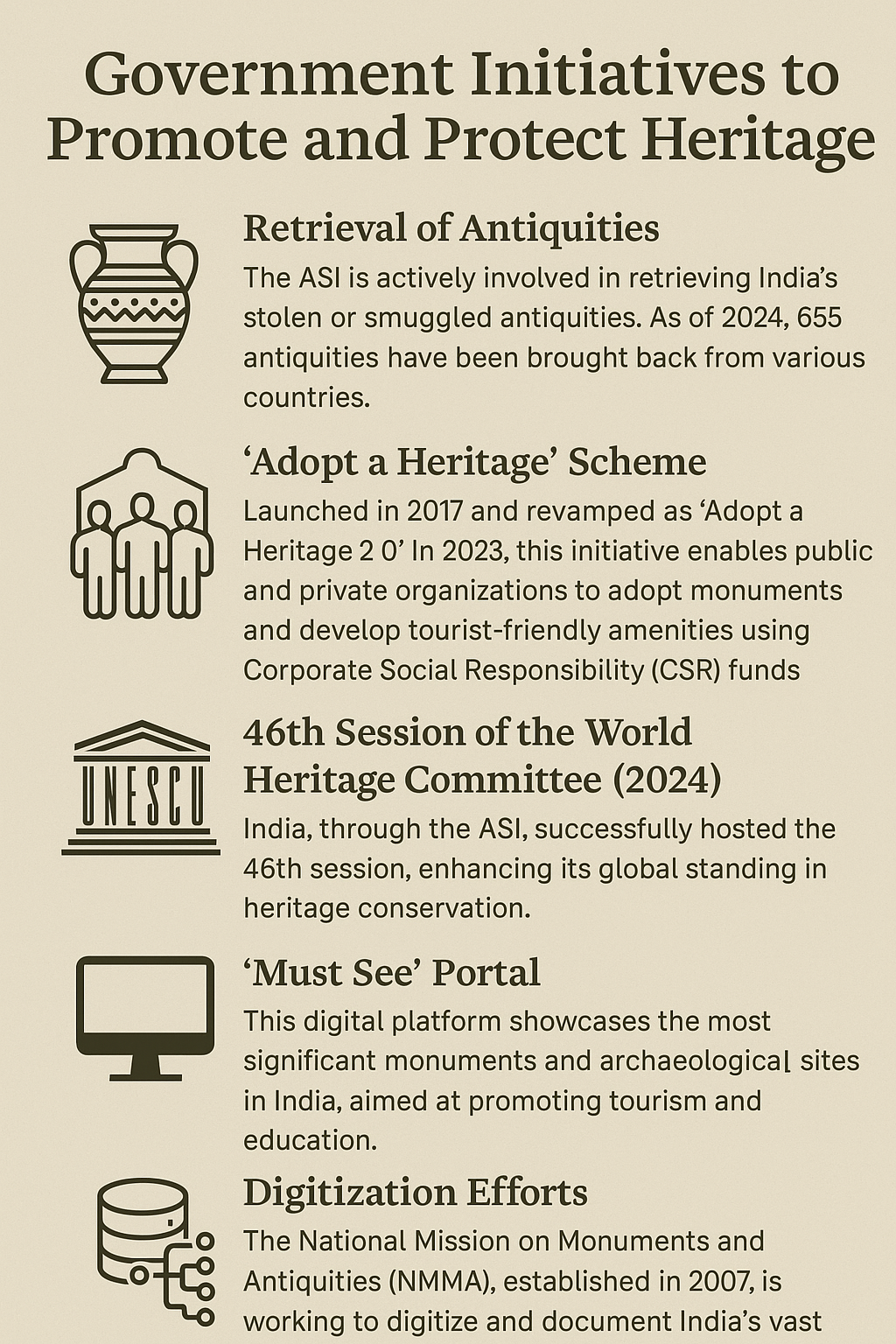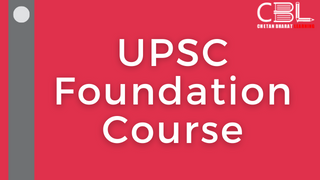
Important for UPSC, State PCS
Prelims: World Heritage Day .
Mains: General Studies Paper – 1,2&3 : Disaster Preparedness and Cultural Heritage .
Theme of 2025: “Heritage under Threat from Disasters and Conflicts.”
Role of International Organizations (UNESCO, ICOMOS) , Digital Documentation of Heritage
Context-
World Heritage Day, also known as the International Day for Monuments and Sites, is celebrated every year on 18 April. The day serves as a global reminder of the importance of preserving our cultural and natural heritage. In 2025, the theme is “Heritage under Threat from Disasters and Conflicts: Preparedness and Learning from 60 Years of ICOMOS Actions.” This theme underlines the urgent need to protect heritage sites in the face of growing natural disasters and armed conflicts.
Background
The idea of World Heritage Day was first proposed by the International Council on Monuments and Sites (ICOMOS) in 1982.
The proposal was later approved by UNESCO at its 22nd General Conference in 1983. Since then, April 18 has been dedicated to raising awareness about the diversity, fragility, and importance of cultural heritage around the world.
Understanding World Heritage
World Heritage Sites are places of outstanding universal value to humanity. These may be cultural, natural, or a mix of both, and are inscribed on the World Heritage List under the guidelines of the World Heritage Convention of 1972.
The Convention outlines the responsibilities of signatory countries—referred to as States Parties—to identify, protect, conserve, and present these heritage sites for future generations. India became a party to this Convention in 1977.
India on the World Heritage Map
India, with its rich and diverse cultural legacy, occupies a prominent place on the world heritage map. From ancient temples and historic forts to unique natural ecosystems, India’s contributions are invaluable to global heritage.
In addition to World Heritage Sites, India also recognizes thousands of Monuments of National Importance (MNI), which are protected by the Archaeological Survey of India (ASI) under the Ancient Monuments and Archaeological Sites and Remains (AMASR) Act of 2010. There are currently 3,697 MNIs across the country.
Government Initiatives to Promote and Protect Heritage
The Government of India has undertaken several key initiatives to preserve and promote the nation’s cultural heritage:
- Retrieval of Antiquities: The ASI is actively involved in retrieving India’s stolen or smuggled antiquities. As of 2024, 655 antiquities have been brought back from various countries.
- ‘Adopt a Heritage’ Scheme: Launched in 2017 and revamped as ‘Adopt a Heritage 2.0’ in 2023, this initiative enables public and private organizations to adopt monuments and develop tourist-friendly amenities using Corporate Social Responsibility (CSR) funds.
- 46th Session of the World Heritage Committee (2024): India, through the ASI, successfully hosted the 46th session, enhancing its global standing in heritage conservation.
- ‘Must See’ Portal: This digital platform showcases the most significant monuments and archaeological sites in India, aimed at promoting tourism and education.
- Digitization Efforts: The National Mission on Monuments and Antiquities (NMMA), established in 2007, is working to digitize and document India’s vast heritage assets, ensuring accessibility and protection.

Conclusion
World Heritage Day is a powerful reminder that preserving heritage is a collective responsibility. In a rapidly changing world, where conflicts and disasters pose increasing threats to historical sites, proactive measures and international cooperation are more crucial than ever.
India, with its millennia-old legacy, continues to balance modernization with the conservation of its past. Through national efforts and global partnerships, the country is ensuring that its cultural and natural treasures not only survive but thrive—inspiring, educating, and uniting generations to come.
CBL Practice Questions for Prelims
Consider the following statements about the World Heritage Convention, 1972:
- It is legally binding on all signatory countries to fund conservation of World Heritage Sites globally.
- It recognizes cultural and natural heritage of “outstanding universal value.”
- India became a party to the Convention in 1977.
Which of the statements given above is/are correct?
A. 1 and 2 only
B. 2 and 3 only
C. 1 and 3 only
D. 1, 2 and 3
📌 Answer: B
Statement 1 is incorrect – The Convention is binding in terms of obligations but not for global funding. Each country must fund its own sites.
CBL Mains Practice Question
“Heritage is not only about monuments, but about the memory and identity of people.” In light of this, examine the role of community participation in heritage conservation in India.
(250 words)




Leave a Reply
You must be logged in to post a comment.